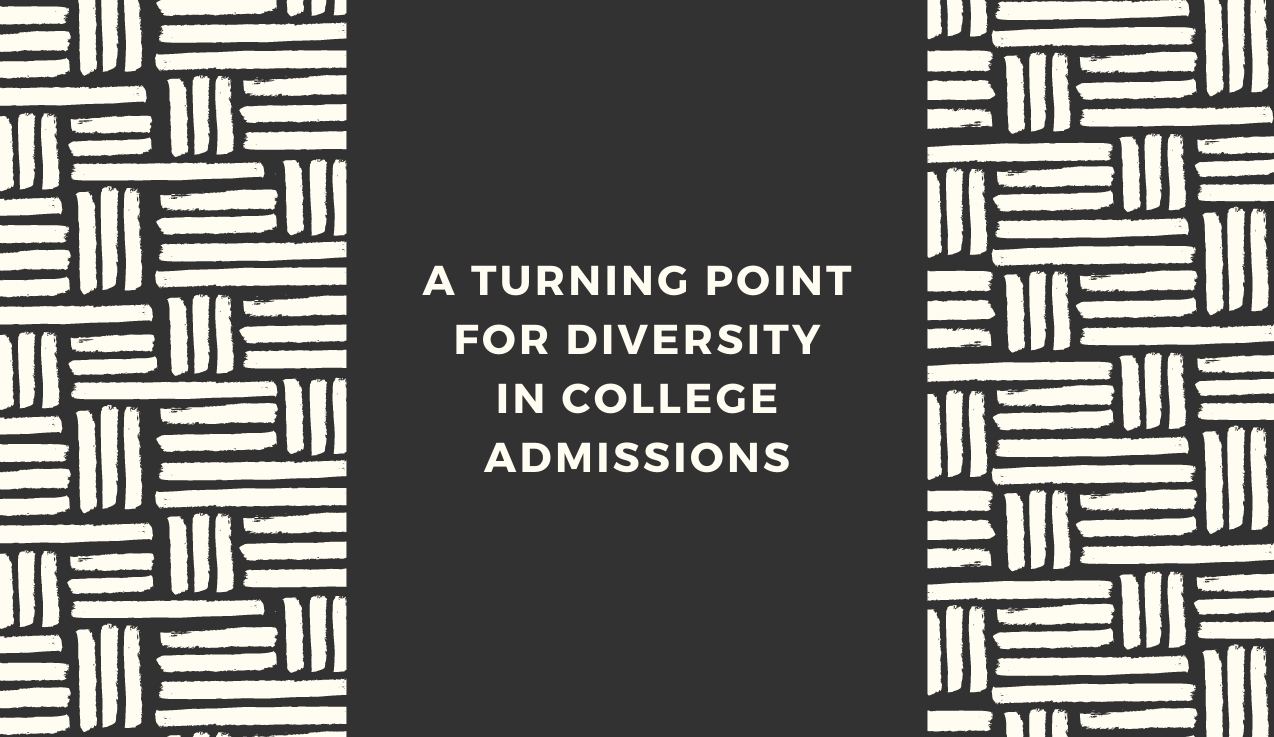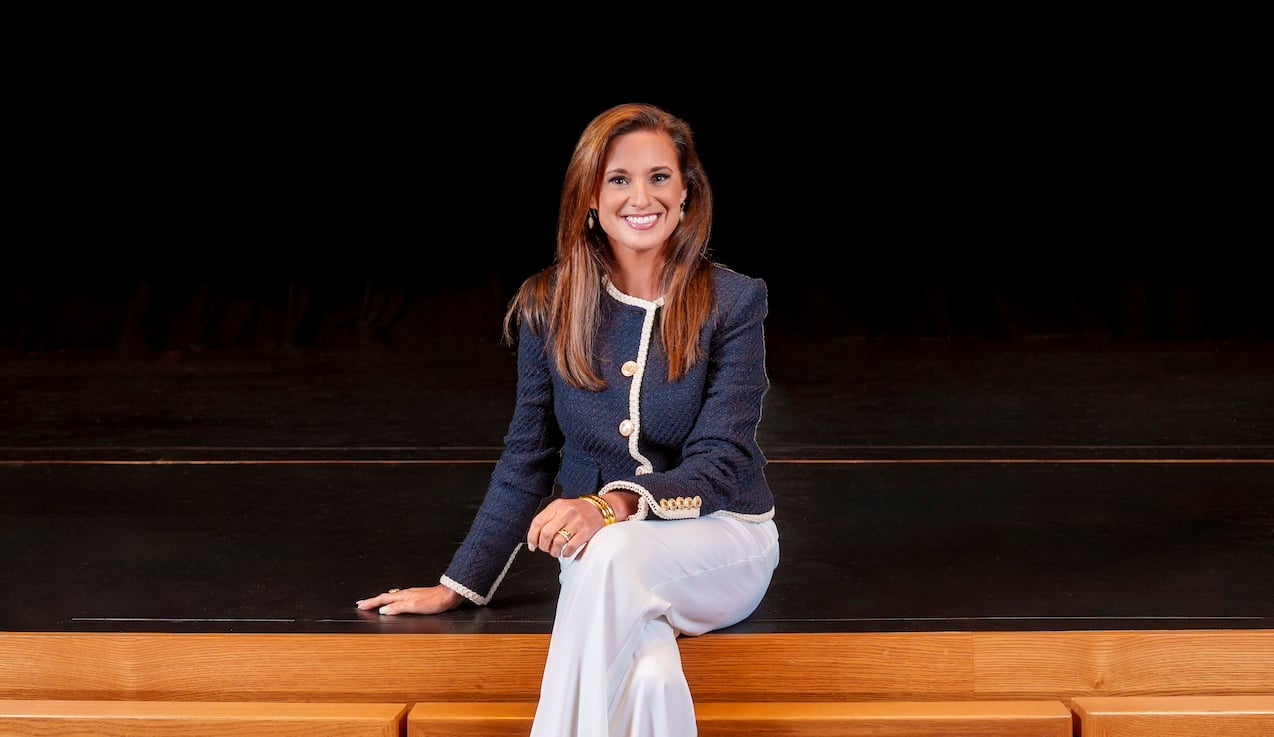February is Black History Month and I always like to take this time to reflect on the contributions of and challenges faced by Black students in higher education.
The admissions process has evolved so much since I began as an entry level admissions officer back in the late 1990s. Yet Black students still comprise one of the smallest demographic groups in a college's applicant pool and student body. It is something that I have always taken seriously at every stage of my career. In fact, most of the research I did in graduate school related to underrepresented minorities in the admissions process. But no matter what was done to recruit, admit, and enroll Black students in the past, it simply didn't move the dial forward as much as I hoped.
However, in this historic year and during such a historic month, I am seeing things change. Colleges are reporting significant increases in students of color in their applicant pools this year. UCLA reported that it had a 48% increase in the number of Black applicants from last year. This is both astounding and promising.
Related Reading: The Police Officer, the Admissions Officer, and the Officer of Humanity
There are two major factors colleges are facing between previous years and this year which could be impacting students of color. First, traditional "recruiting" came to a halt during the pandemic. That meant that admissions officers could not travel, visit high schools, and meet face-to-face with students this year. One might think this would actually inhibit students from applying. The opposite happened because of the second factor this year: most colleges adopted a test-optional policy. And it was like a meteor shower of encouragement for students to apply to colleges they never thought they could.
Average SAT and ACT scores vary tremendously from student to student. Research shows that the student's race, socio-economic background, and parents' education influence a student's availability of test preparation and performance on standardized tests. Yet longstanding test-optional colleges report that high school performance is a better indicator of how a student will do in college. When I was a dean of admissions at a test-optional college, we tracked GPAs of those students who submitted scores and those who didn't. We remained a fully-committed test-optional college because our students who didn't submit test scores for admission performed just as well in college as those students who submitted scores with their applications.
It is my hope that admissions offices use this year as a jumping off point to permanently adopt test-optional policies. By doing so, colleges could dramatically change the make-up of their applicant pools, student bodies, and alumni network for generations to come. Diversity of all kinds should be celebrating every single month. Black History Month reminds me that our work—my work—isn't done.











